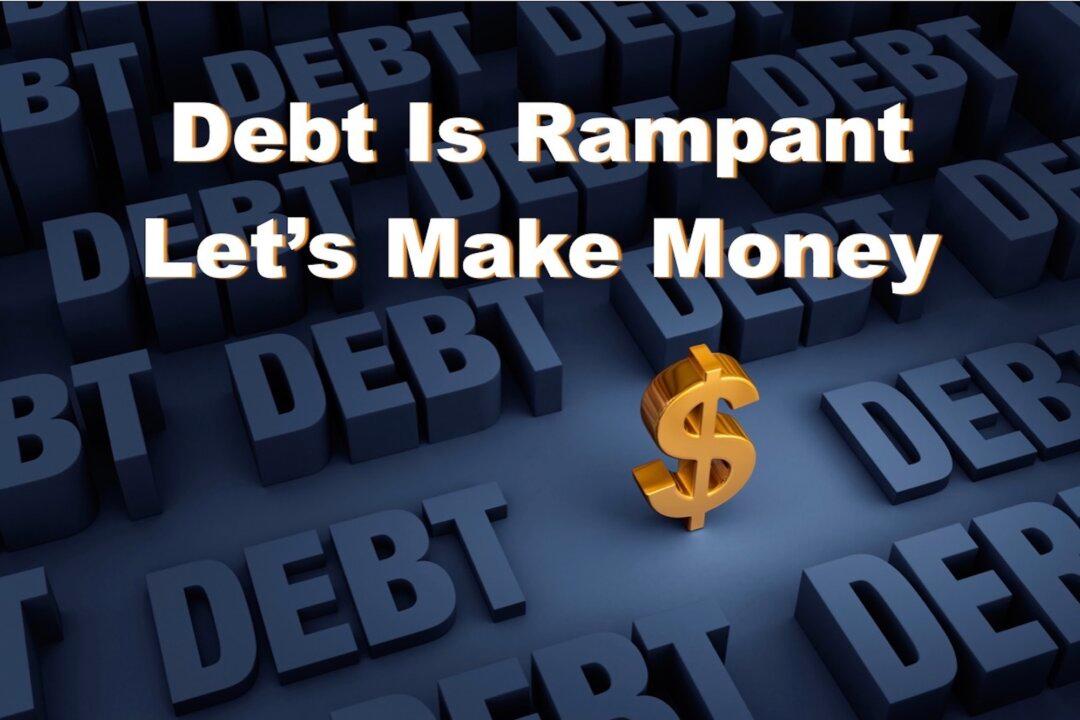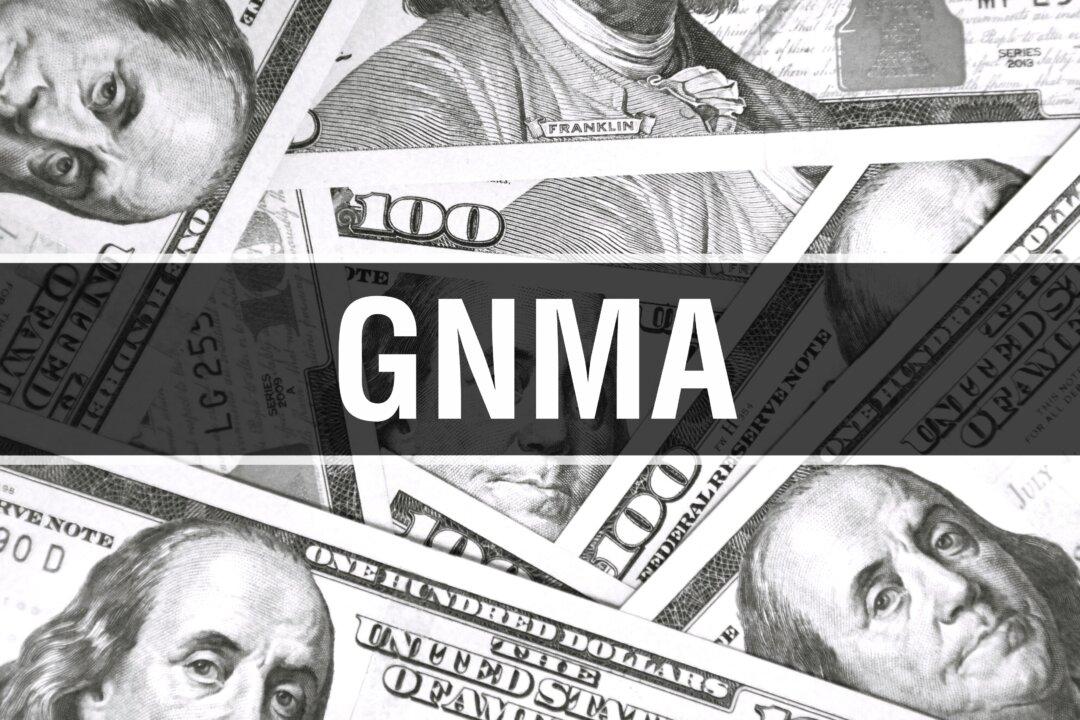Our “Debtor Nation” is facing a real problem with excessive debt. As of the end of 2016, the official debt of the United States government was $19.3 trillion, which breaks down as:
- $59,508 for every person living in the United States
- $154,407 for every household
- 106 percent of the US gross domestic product
- 553 percent of annual federal revenues.
It took decades to get ourselves into this situation, which will not go away any time soon. I have yet to hear of any politician with a concrete plan to address the debt crisis. Most won’t even mention it. There is nothing that we can do as individuals to solve this problem, so, as private investors, we seek ways to profit from this situation.
These investments are not widely known or promoted. They are often purchased at deep discounts, and the debt is often secured by valuable real property.
Our leaders in Washington, DC, have loaded us down with lemons, so let’s learn how to make a profitable lemonade stand.
Through my twenty-five-year law practice, I have represented a variety of large and small investors who have profited from investing in various forms of debt. I have learned the advantages and disadvantages of each option.
These investment vehicles are unusual. They can provide a valuable hedge against stocks and bonds, which move with the economy. These alternative debt investments often perform better when the economy is struggling—contra other investments.
Most people have not even heard of these opportunities. There are very few books on these subjects, and they are not typically discussed on televised investment programs.





